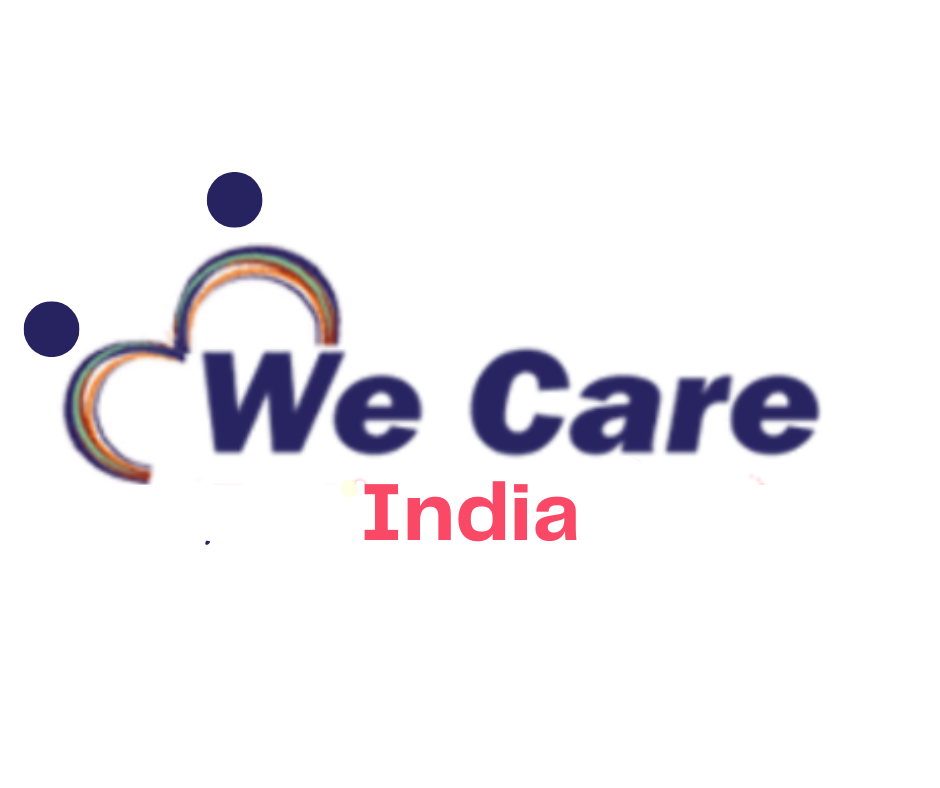Cleft Lip Surgery in India: Expert Care for Enhanced Smiles
Cleft lip surgery is a vital surgical procedure aimed at correcting congenital deformities of the lip, which can occur as a cleft lip, cleft palate, or both. This condition affects a child’s ability to eat, speak, and develop normal facial features, making timely surgical intervention essential for improving their quality of life.


Free Doctor Opinion
Cleft lip and palate Surgery in India
If the cleft does not affect the palate structure of the mouth it is referred to as cleft lip. Cleft lip is formed in the top of the lip as either a small gap or an indentation in the lip (partial or incomplete cleft) or it continues into the nose (complete cleft). Lip cleft can occur as a one sided (unilateral) or two sided (bilateral). It is due to the failure of fusion of the maxillary and medial nasal processes (formation of the primary palate).
Cleft surgery boosts economy, gives developing nations reason to smile-charity:The baby, who had been unable to feed properly due to the birth defect and was considered cursed because of it, was sent to local cleft surgeon, who repaired the lip and mouth.
Benefits of surgical repair of Cleft Lip in india
The team approach to correcting Cleft Lip and other problems associated with it has several fold benefits. Symmetry or balance of facial features is restored to a great extent but not completely. The surgeons have mastered sophisticated techniques that have improved the success rate of surgery for Cleft Lip many fold. If the surgery to repair Cleft Lip is performed in the first year of life, chances are that ability to feed properly; talk, facial growth and development of social skills will be less problematic in the years to come.
What causes cleft lip and cleft palate ?
The exact cause of cleft lip and cleft palate is not completely understood. Cleft lip and/or cleft palate are caused by multiple genes inherited from both parents, as well as environmental factors that scientists do not yet fully understand. When a combination of genes and environmental factors cause a condition, the inheritance is called “multifactorial” (many factors contribute to the cause). Because genes are involved, the chance for a cleft lip and/or cleft palate to happen again in a family is increased, depending on how many people in the family have a cleft lip and/or cleft palate. If parents without clefts have a baby with a cleft, the chance for them to have another baby with a cleft ranges from 2 to 8 percent. If a parent has a cleft, but no children have a cleft, the chance to have a baby with a cleft is 4 to 6 percent. If a parent and a child have a cleft, the chance is even greater for a future child to be born with a cleft. Genetic consultation is suggested.
Risks of surgical repair of Cleft Lip
- Asymmetry of your child’s upper lip – This is a common problem when one side of your mouth and nose do not match the other side. In such a case, a revision surgery is performed to try and match both the sides of the face as closely as possible.
- Incomplete closure of the cleft – A small hole may be apparent in the upper lip after the operation for Cleft Lip has healed. A second operation may be required to completely repair the Cleft Lip.
- Infection of the incision site
- Allergic reaction to anesthesia
- Bleeding, swelling, bruising and delayed healing – It is normal to have some bruising and oozing of bloody discharge around the mouth and nose which will subside in a week or so.
Components Of Cleft Lip Nose Deformity.
The striking features of a cleft lip nose deformity are:-
- The deviation of nasal tip.
- Flattening and buckling of the outer wall of nostril.
- Widening of the nostril on the affected side.
These are a few other deformities which go along with these like deviation of the septum, bulbous tip, excess skin inside the nostril, and low nasal bridge. The severity of the deformities varies between different individuals.
Read Also :-
- Cervical Spine Surgery in India: Expert Care for Neck Pain and Spinal Health
- Chin and Cheek Augmentation in India: Enhance Your Facial Profile
- Sigmoidoscopy Surgery in India: Early Detection and Affordable Care for Colon Health
- Cholecystectomy (Gall Bladder Removal) in India: Safe & Affordable Surgery
- Carotid Endarterectomy in India: Advanced Stroke Prevention Surgery
- Carotid Artery Disease Surgery in India: Prevent Strokes with Advanced Care
Committed To Build Positive, Safe, Patient Focused Care.
High Quality
Care
Home Review
Medicine
All Advanced
Equipment
Book An Appointment

At We Care India, we offer complete medical services for your entire family, from routine check-ups to injury care, ensuring personalized attention and expert assistance for all your health needs.


